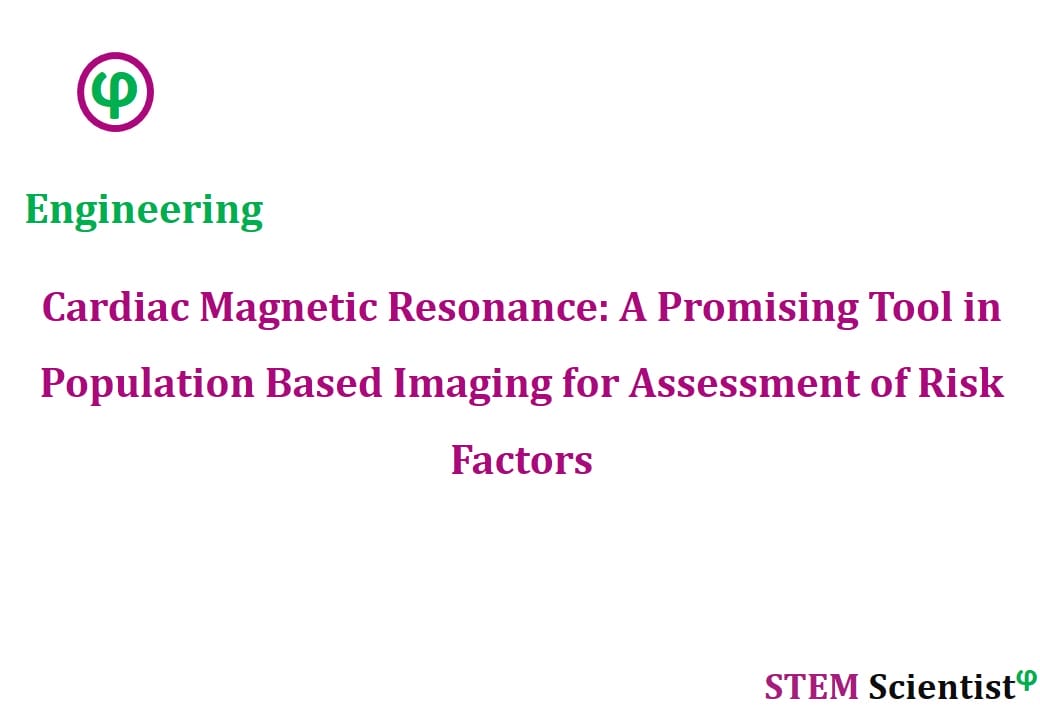
The following study was conducted by Scientists from Harvard Medical School, USA; National Institute Health Research (NIHR) Biomedical Research Centre, London and Queen Mary University of London, United Kingdom.
Scientists evaluated large scale cohort based clinical studies employing cardiac magnetic resonance for assessment of cardiovascular risk factors. The following multi-national studies were investigated in the article: Multi-Ethnic Study of Atherosclerosis, USA; Jackson heart study, USA; Dallas heart study, USA; UK Biobank; German National Cohort, Germany; Study of Health in Pomerania (SHIP), Northeast Germany; Canadian alliance of healthy hearts and minds; AGES-reykjavik study, Iceland; Hamburg city health cohort study, Germany; PIVUS study, Sweden; Framingham heart study offspring cohort, Massachusetts, USA. Study is published in IOP Science Publishing – Progress in Biomedical Engineering Journal as detailed below.
IOP Science Publishing – Progress in Biomedical Engineering (2019)
Advances in Population-based imaging using cardiac magnetic resonance
Abstract
Large population-based studies have helped to identify cardiovascular risk factors and to understand the natural progression of diseases. Cardiac magnetic resonance (CMR) is the reference method for the assessment of ventricular morphology and function given the low variance between scans. In addition, advanced sequences such as MR tagging, T1 mapping, and late gadolinium enhancement allow to assess regional ventricular function and fibrotic changes. MESA was the first study to use CMR on a large scale in a sample of the general population. Subsequent studies focused on cohorts of particular ethnicities or from certain locations with the Jackson Heart Study looking at African-Americans and the Dallas Heart Study at Dallas County Residents. More recently, the German National Cohort and UK Biobank have started to perform CMRs in a significantly larger number of participants (30 000 and 100 000, respectively). The introduction of CMR into prospective cohort studies has allowed to characterize ventricular remodeling in individuals of different age, sex, and gender and has found associations with new environmental exposures. The ability to detect subclinical changes in asymptomatic individuals has also been highlighted by reports of a high number of missed myocardial infarctions (MI) using CMR. In this review, we discuss the use of CMR in the different large population-based studies and compare the various associations found with left and right ventricular structure and function. In addition, we outline automated image analysis strategies aimed at overcoming challenges posed by the large amount of data in population-based studies.
Source:
IOP Science Publishing – Progress in Biomedical Engineering
URL:https://iopscience.iop.org/article/10.1088/2516-1091/ab3369
Citation:
Beyer, S. E. and S. E. Petersen (2019). “Advances in population-based imaging using cardiac magnetic resonance.” Progress in Biomedical Engineering 1(1): 012003.


